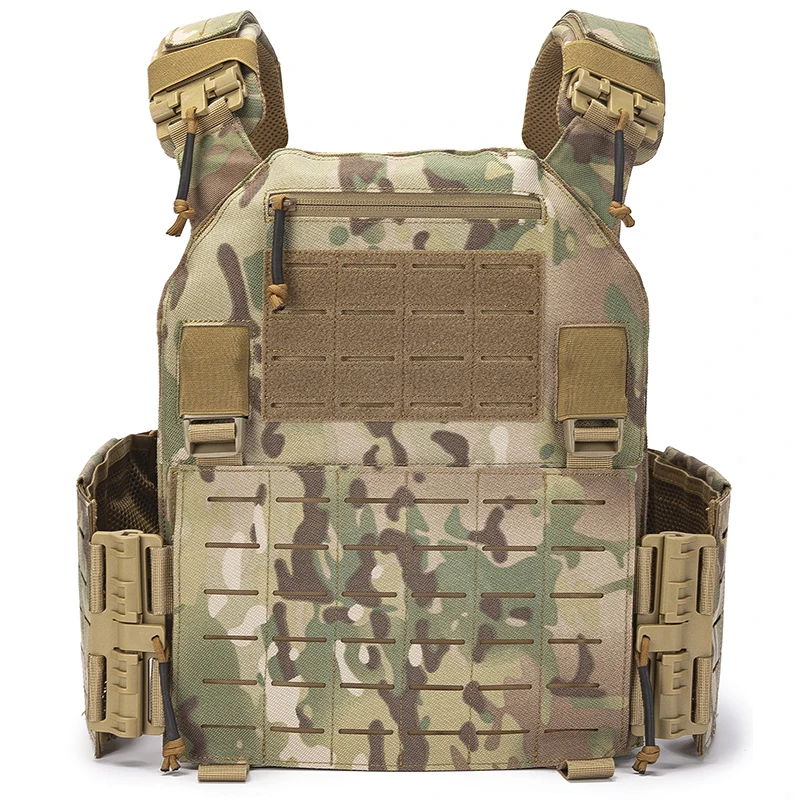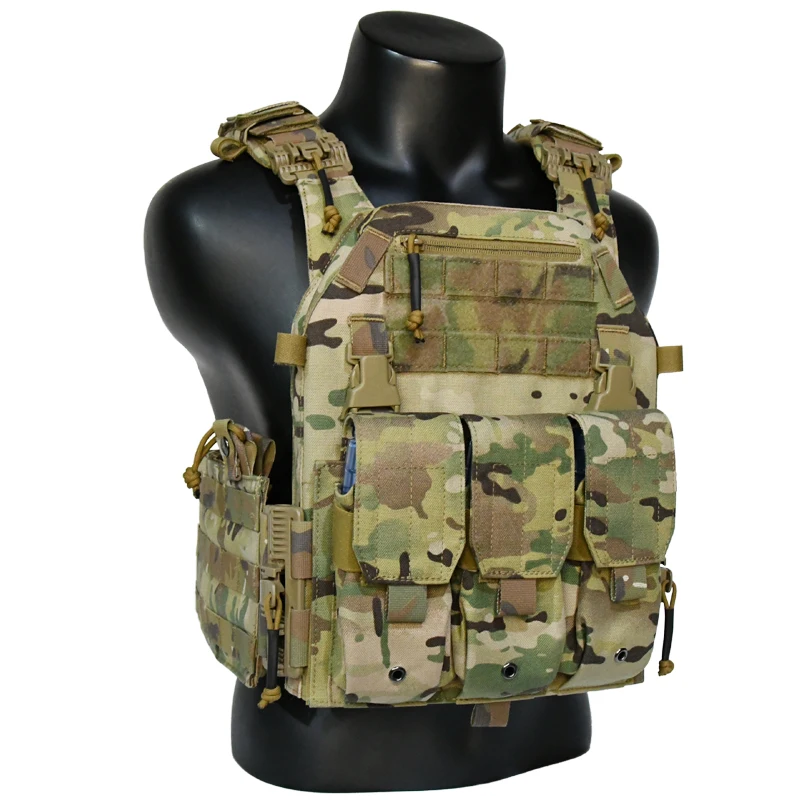Tactical Gear
PRODUCTS
Tactical Vest Maintenance Guide
Cleaning Your Tactical Vest
Regular cleaning is paramount. The frequency depends on the environment and usage. A vest used in dusty conditions will need cleaning more often than one used primarily in a controlled environment. Use a mild detergent and cool water, avoiding harsh chemicals and abrasive cleaners that can damage the fabric or weaken stitching. Never put your tactical vest in a washing machine or dryer; the high heat and agitation can irreparably damage the materials and components. Instead, hand-wash gently, paying attention to areas that accumulate dirt and grime like the shoulder straps and cummerbund. Rinse thoroughly and allow it to air dry completely away from direct sunlight or heat.
For stubborn stains, consider using a specialized cleaning product designed for tactical gear. Always test any cleaning solution on a small, inconspicuous area first to ensure it doesn't damage the vest’s material or cause discoloration. After cleaning, inspect all buckles, straps, and attachments for any signs of wear or damage. Replace worn or damaged components immediately to maintain the vest's structural integrity and functionality.
Inspecting and Maintaining Straps and Buckles
The straps and buckles on your tactical vest are critical for a secure and comfortable fit. Regularly inspect them for signs of wear, fraying, or damage. Pay close attention to the stitching, ensuring it's intact and secure. Loose stitching can compromise the vest's ability to hold its position and securely fasten. If you discover any damage, it's crucial to address it immediately, either by reinforcing the stitching yourself (if you have the skills) or sending it to a professional for repair.
Buckles should move freely and smoothly. If you notice any stiffness or difficulty in fastening, clean them thoroughly and lubricate with a silicone-based lubricant. Avoid using oil-based lubricants, as these can attract dirt and grime. Regular lubrication ensures smooth operation and prevents premature wear and tear on the buckles and their mechanisms. A well-maintained buckle system translates to quicker and more reliable vest adjustments during dynamic situations.
Caring for the Pouches and Attachments
Your tactical vest’s pouches are designed to carry essential equipment. Regularly inspect the pouches for any tears or damage. Ensure zippers and Velcro closures function correctly. Clean the pouches regularly to remove any debris or dirt that may accumulate. For water-resistant pouches, ensure the seals are intact and functional. Consider using a water-repellent spray on the exterior of the pouches to enhance their water resistance.
The attachments on your pouches, such as magazine inserts, radio holders, and medical pouches, should also be inspected. Ensure they are securely fastened and in good working order. Clean them as needed, and replace any worn or damaged components immediately. Proper care of your pouches and attachments ensures your gear stays organized, accessible, and protected.
Storage and Preservation
When not in use, store your tactical vest in a cool, dry place away from direct sunlight and extreme temperatures. Avoid storing it in damp or humid environments, as this can encourage mold and mildew growth. If you store your vest with equipment inside, ensure the equipment is clean and dry to prevent moisture damage. Proper storage significantly extends the lifespan of your tactical vest and its components.
Consider using a protective cover or bag to further protect your vest from dust and environmental elements during storage. This will minimize wear and tear and maintain the overall condition of your vest for years to come. Regular maintenance and proper storage are investments that translate into increased safety, prolonged equipment lifespan, and improved operational efficiency.
SUBSCRIBE
INQUIRY










